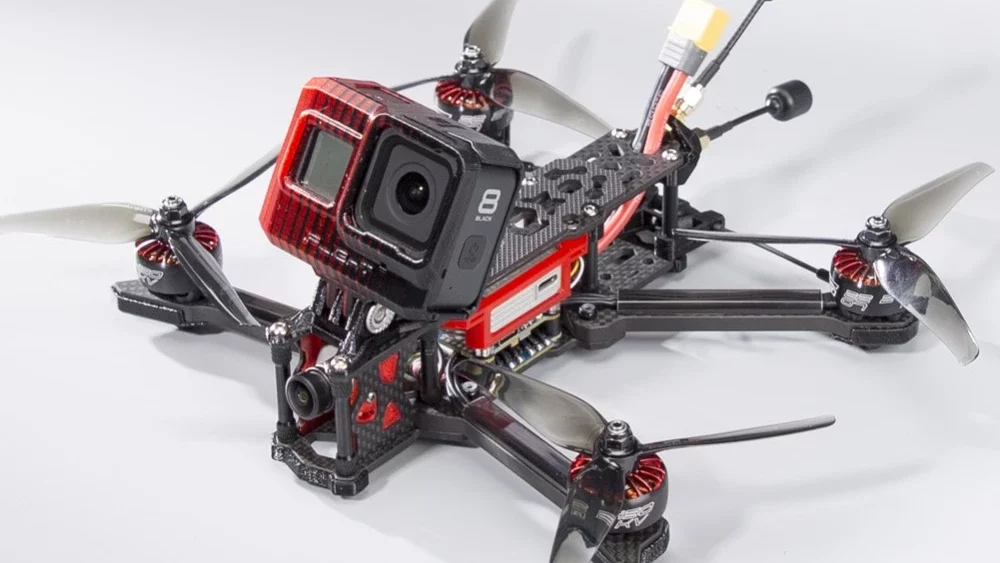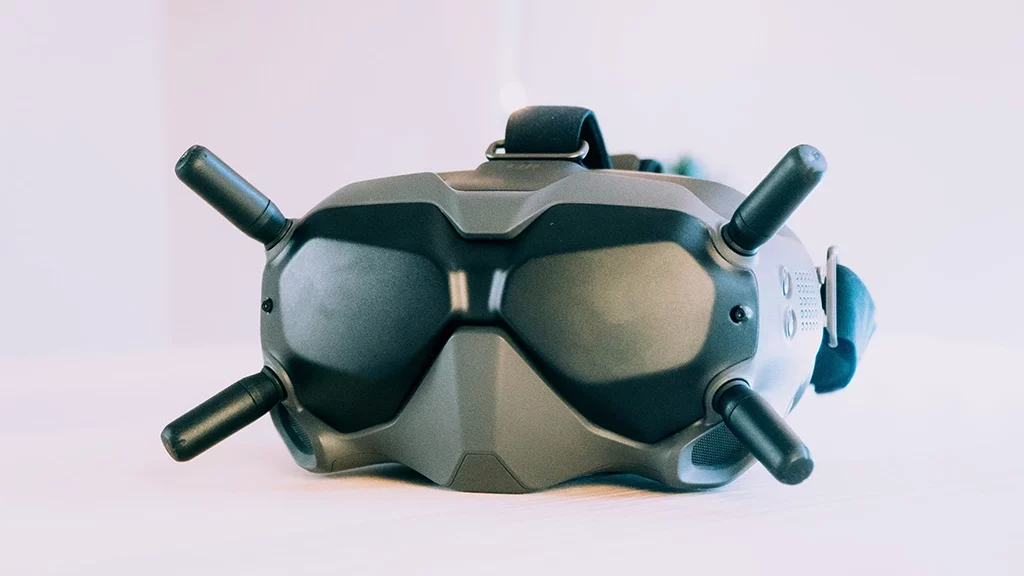Aerial photography is a great way to show off landscapes, architecture, and other subjects. Aerial photography refers to the genre of photography in which photographs are taken from the air. It’s a fantastic way to explore landscapes and buildings from unusual perspectives.
Drone photography has revolutionised the way we perceive the world – an eye in the sky provides a unique perspective and composition that would be difficult to replicate by other photographers.
What is drone photography?
Drone photography is the practise of taking still or video imagery from the air using a remote-controlled aerial drone or UAV (Unmanned Aerial Vehicle). While remotely piloting an unmanned craft can be challenging, the final roll of drone-shot photographs is absolutely breathtaking. With altitude on your side, you’ll be able to see landscapes transformed and awe-inspiring sights that photographers without a drone couldn’t dream of seeing.
Aerial photographers used copters and planes to get some perspective before drones became popular. For many photographers, the cost of obtaining these private planes made the goal excessively expensive. However, with the widespread availability of remote-controlled drones, more qualified and skilled pilots are taking to the skies.
Aerial photography is frequently utilised in the following situations:
- Tourism. From above, mountain ranges, coastlines, and castles display vacation locations.
- Structures and buildings.
- High-quality overhead pictures are frequently required for architectural, archaeological, and geological projects.
- Property. To drive sales, aerial pictures of home and commercial property developments are employed.
- Film and television.
Aerial photography and videography are used in travel documentaries, blockbuster films, and live football matches. Aerial videography or cinematography is identical to cinematography, except that video cameras are used to capture the aerial video and photo imagery.
Tips from a professional drone photographer.
There’s more to being a drone photographer than just flying in the air with your camera running – location scouting, camera settings, and avoiding bad weather all play a role.
Attempt to shoot downwards.
Shooting straight down is one of the most popular drone tactics. While drone photography can be used to get new perspectives on what’s going on on the ground, such as on a football field or a busy stretch of highway, shooting straight down on the countryside can yield spectacular images.
Striking contrasts, distinctive shapes and land formations, and the intersection of natural and man-made landmarks are all fantastic starting points (or rather, taking-off locations) for your vertical-viewpoint drone photos.
Make the most of the light available to you.
Whether you’re shooting a portrait, a structure, or a scene in the wild, the amount of light available is one of the first factors to consider for a better photograph. Even the greatest drone cameras have smaller sensors than regular DSLRs, and there are fewer megapixels available.
The unique perspectives that come with photographing from a distance tend to compensate for the image quality loss. However, you should make sure that the region you’re flying in has enough natural light to work with so that you can generate detailed, high-contrast photographs. We wouldn’t recommend flying drones in overcast or low-visibility situations for this reason, as well as any potential safety concerns.
Natural light is a photographer’s best friend, but there are ways to harness it to improve the look of your drone photos.
The golden hour is a great time to photograph from the air because the sun’s rays disperse the light as they come in at an angle, making the light softer and more appealing. It’s also the foundation for a more upbeat colour palette, with lots of yellows, oranges, and reds.
When you’ve mastered your drone’s flight capabilities, you’ll be able to get it to hover in place, allowing you to take some amazing long exposure images, perfect for capturing the impact of a sunrise over the horizon.
Shadows, on the other hand, should not be overlooked.
Natural landmarks casting their shadow over the landscape will provide one of the most spectacular examples of contrast in drone photography. If you fly your drone sufficiently at different times of the day, you’ll start to notice the variety of impacts that shadows may have on the landscape in your photos. You’ll observe shorter but heavier shadowing when the sun is higher in the sky (late morning and early afternoon). During an early morning or early evening flight, though, the sun will cast a longer shadow on the surroundings.
Drone photography tools that are absolutely essential
Unless you’re a registered drone operator with thousands of hours of experience, a drone is likely to crash.
Drone

Drones come in a variety of forms and sizes, with some being small, plastic, and specifically built for indoor use. Drones are larger, constructed of carbon fibre, and endure considerably longer in the vast outdoors, according to experts. We have a fleet that consists of a micro 3” Shendrone Squirt for the more close-proximity indoor flying, a Titan DC5 for fast paced action cinematic shots and the famous DJI Mavic for stunning photography and aerial orbits – perfect for open landscapes, aerial surveys and flights requiring 30min plus flight times.
Goggles or a screen.

It is entirely possible to capture some memorable images without looking through the viewfinder but, we show our clients what the drone sees in real time, through a feed from the camera and display it on a screen. We operate using the DJI Air Unit system offering 50mbps digital feeds for HD, real time streaming to our goggles.
Extra batteries and a charger are available.
Even the most expensive drones can only stay in the air for 30 minutes. If you’re shooting for an extended period of time, you’ll need a lot of extra juice. Rapid usage, recharge, and re-use of batteries can cause them to overheat, therefore rotate several different batteries.
Remember, before flying most drones in the United Kingdom, you must first register. To do this we needed to apply for our flyer ID and an operator ID and to receive our flyer ID, we had to pass a CAA theory test. Flying a drone without the proper identification is illegal, and you might be fined or even imprisoned. You’re in charge of who flies it, and you’re also in charge of upkeep as the operator.
If you’re looking for a highly skilled drone operator in London and Essex, give AerialJohnny a call today!
